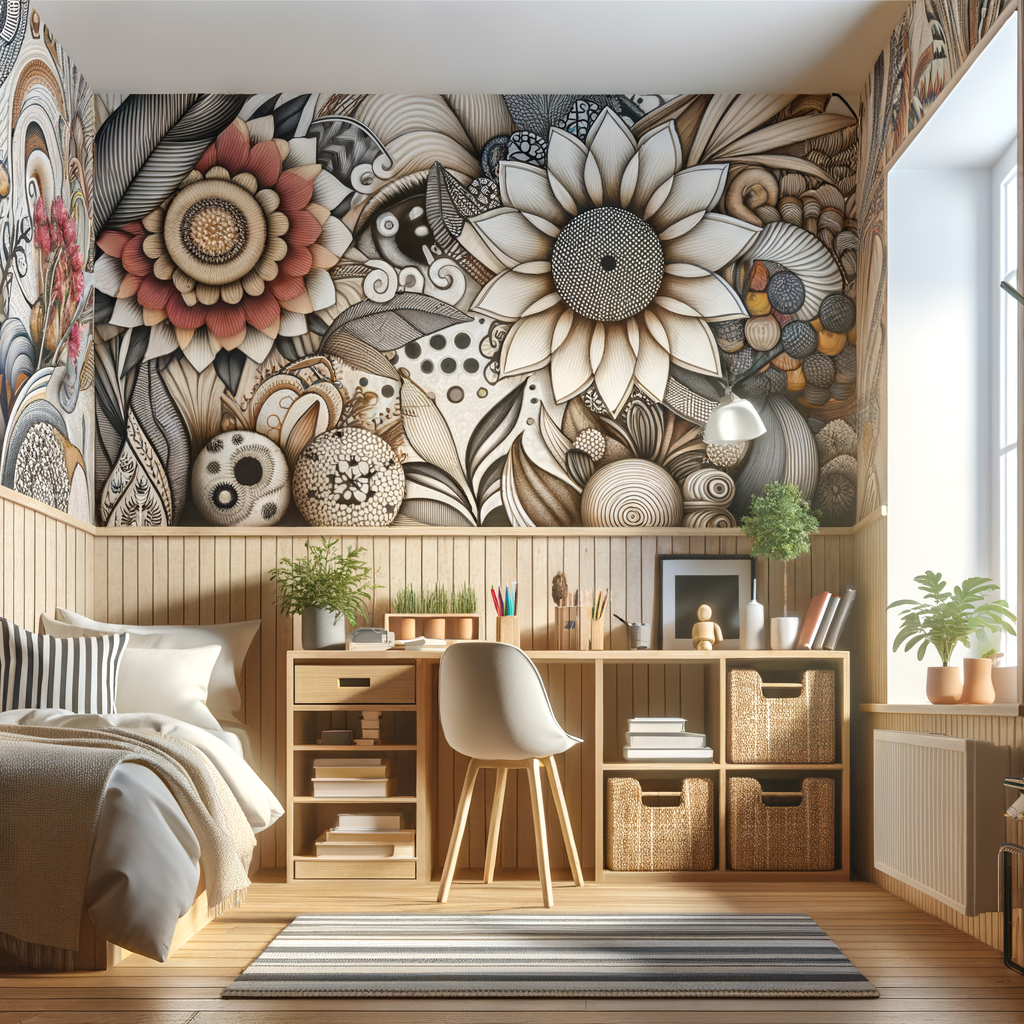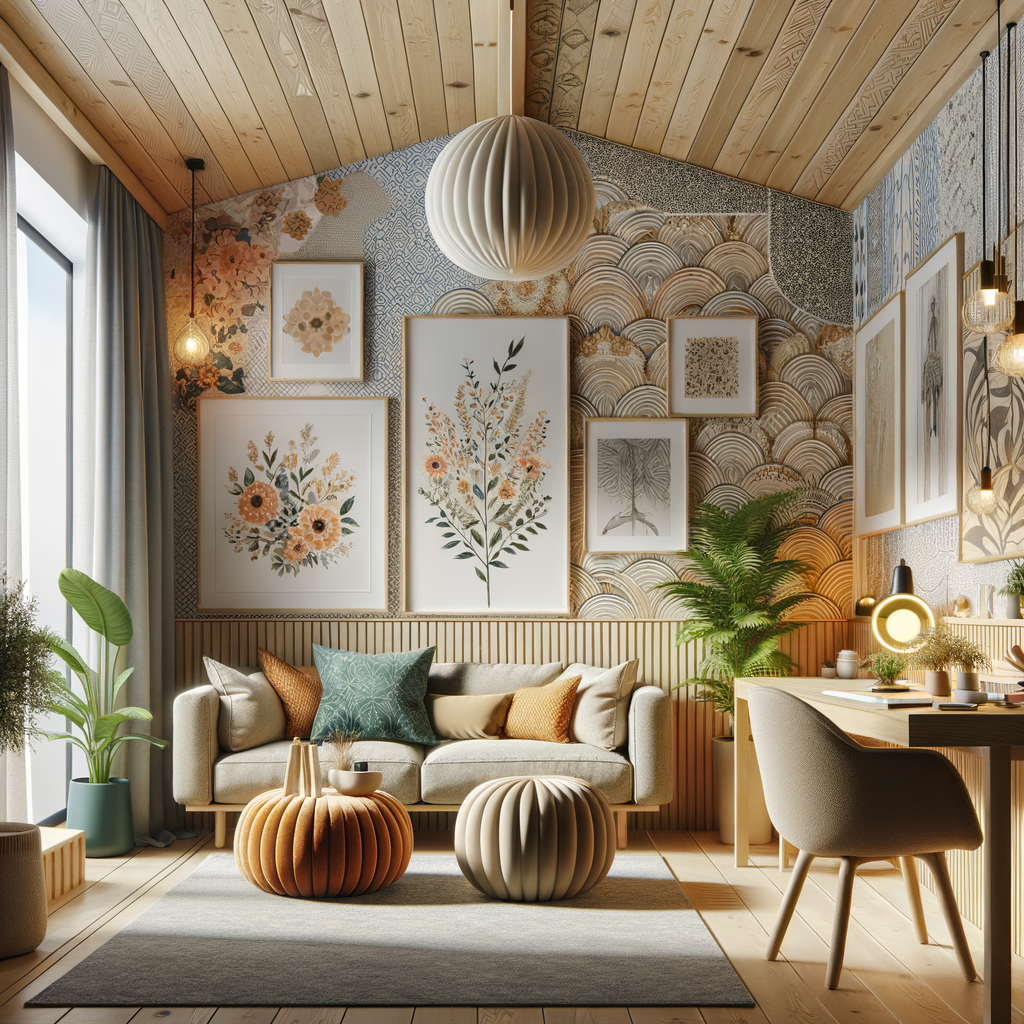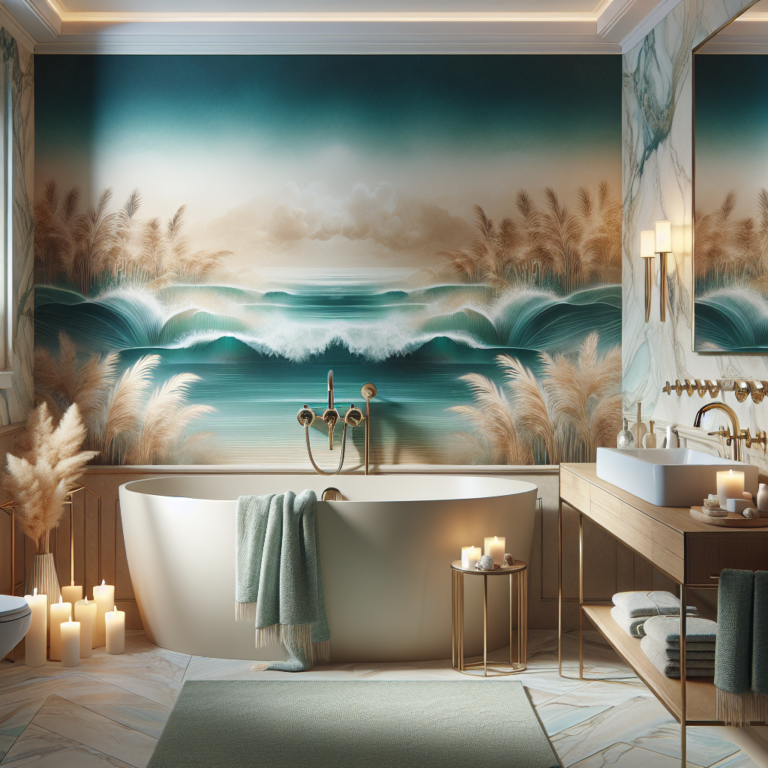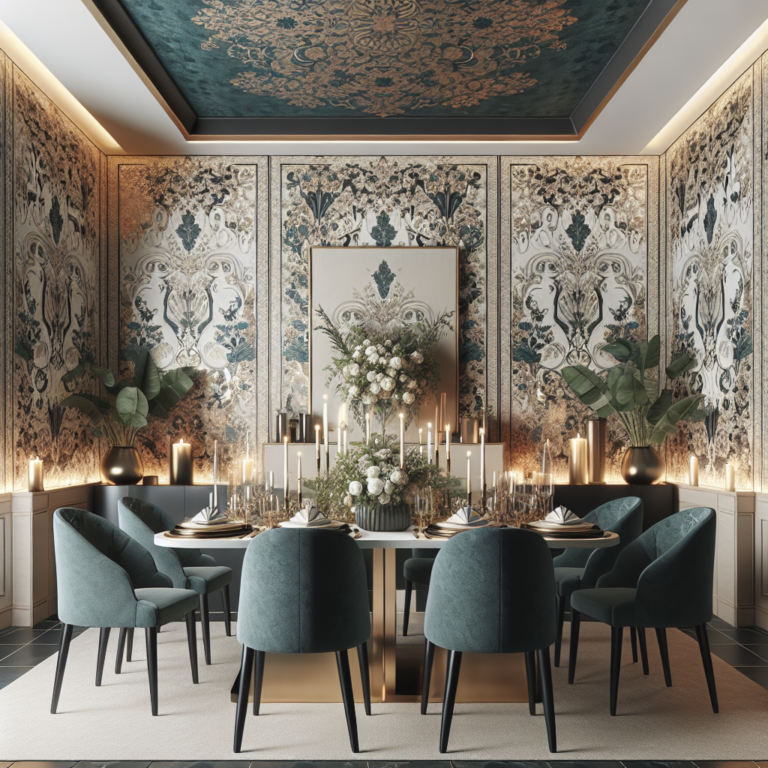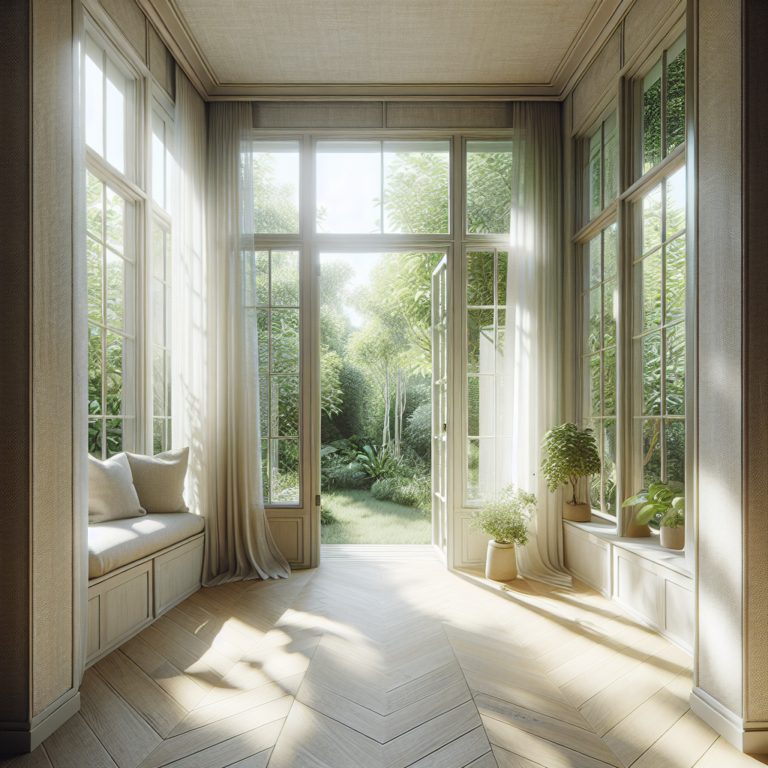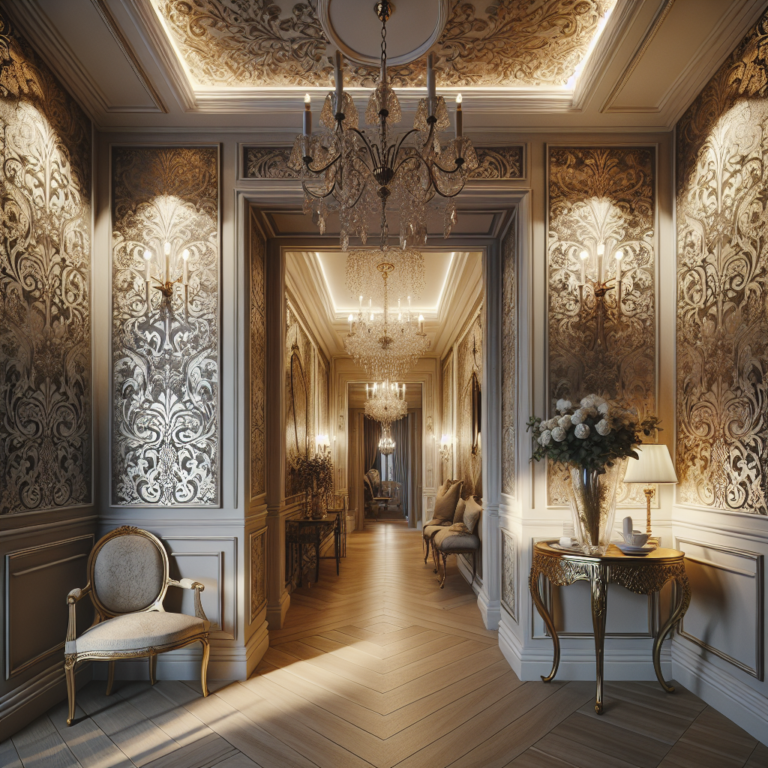18th-Century European Wallpaper Trends You Can Use Today
The Charm of 18th-Century Wallpaper
When we think of 18th-century Europe, images of opulent palaces, grand salons, and intricate designs come to mind. The wallpaper from this era was more than just a decorative element; it was a statement of wealth, culture, and style. Today, modern interior decorators are turning back the clock, reimagining these historical designs to fit contemporary tastes. So what precisely made 18th-century wallpaper so special? It’s all about the materials, patterns, and cultural significance.
In this article, we’ll explore how you can incorporate these timeless trends into your home today. From the bold colors to delicate patterns, 18th-century wallpaper offers inspiration that can transform any room into a stylish haven. If you’re looking to add a touch of historical flair to your interiors, you’ve come to the right place. Let’s dive into the world of 18th-century wallpaper trends that are making a big comeback!
Popular Patterns and Motifs
The 18th century is known for its intricate wallpaper patterns that often mirrored the flourishing arts of the time. One dominant trend was floral designs, which ranged from small, delicate daisies to large, sprawling bouquets that created a sense of movement and vibrancy. These designs were not only visually stunning but also conveyed a connection to nature—a theme that resonates even more today as we strive to bring the outdoors inside.
Another popular motif was the use of heraldic imagery and pastoral scenes. These designs often told stories or depicted noble lineage, reflecting the high status of the home’s inhabitants. Today, you can integrate these patterns in a more subtle way, such as through wallpaper borders or accent walls, maintaining the historical essence while aligning it with modern aesthetics.
Choosing the Right Color Palettes
Colors in 18th-century wallpaper ranged from rich, deep hues to soft pastels, allowing for a variety of moods in interiors. Deep greens, royal blues, and burgundy were common, conveying a sense of luxury and sophistication. Conversely, lighter colors such as pale pinks and creams provided a fresh, airy feel that brightened up spaces. When selecting colors for your home, consider what vibe you want to create.
Today, you don’t have to stick strictly to what was popular in the past. You can blend these historical colors with current trends to create a unique palette. For example, pairing deep jewel tones with modern neutrals can create an elegant yet contemporary look, injecting personality while paying homage to the past.
Understanding the Materials
The materials used in 18th-century wallpaper were as fascinating as the designs themselves. Hand-painted silk and imported textiles were luxurious options, often seen in the homes of the wealthy. However, block-printed paper also found its way into the homes of the middle class, making these decorative elements more accessible. Today, we have a range of materials at our disposal, from vinyl to textured fabrics, allowing for a broader application of these classic styles.
When choosing materials for your wallpaper, consider your lifestyle. If you have pets or children, more durable options might be necessary. On the other hand, if you’re working on a low-traffic area, you might want to opt for something more delicate and visually stunning. Embracing these vintage materials allows you to appreciate the craftsmanship while ensuring functionality in your space.
The Revival of Chinoiserie Style
Chinoiserie, an artistic style depicting Chinese motifs and themes, was an essential aspect of 18th-century European decoration. It often featured exotic landscapes, flora, and fauna combined with intricate detailing that captured the imagination of the time. This style has made a comeback in recent years, resonating with those who appreciate bold statements and rich storytelling in their interiors.
To incorporate Chinoiserie into your home today, consider using wallpaper that features these timeless designs or incorporating accessories like furniture or art influenced by this style. It’s perfect for creating a feature wall that sparks conversation and adds a layer of richness to any room. By bringing a bit of Chinoiserie into your home, you’re not just decorating; you’re telling a story that celebrates cross-cultural influences.
Layering Textures for Depth
One of the captivating aspects of 18th-century interiors was their use of texture to create richness and intrigue. Wallpapers were often layered with fabrics and other materials, providing a tactile experience that enriched the visual one. Modern design continues to echo this concept; layering different textures can significantly enhance your room’s overall design.
To achieve this look, think about combining patterned wallpaper with textured fabrics such as velvet or linen for cushions, curtains, or throws. By layering these textures, you can create a space that feels inviting and multi-dimensional—much like the luxurious homes of the 18th century. Don’t shy away from mixing prints; this eclectic approach will add depth and character to your interior design.
Bold Borders and Accents
In the 18th century, wallpaper borders were widely used to frame and enhance interiors. These decorative edges added dimensions to walls and created a sophisticated transition between different areas of a home. Today’s trends have resurrected this practice, allowing homeowners to use borders to define spaces creatively.
Conclusion
Reinterpreting 18th-century European wallpaper trends can lead to rich, personalized interiors that tell a story while honoring the past. Whether you lean toward lush colors, botanical motifs, or dramatic Chinoiserie scenes, there’s a piece of history that can perfectly blend with your contemporary style. Remember, it’s all about creating a space that resonates with you. So go ahead, be bold, explore these fabulous design elements, and turn your home into a sophisticated canvas of history and style.
FAQs
What types of wallpaper were popular in the 18th century?
Popular wallpaper types included block-printed patterns, hand-painted designs, and Chinoiserie styles. The use of lush floral motifs and rich colors were also common.
How can I incorporate 18th-century trends in a modern home?
To incorporate these trends, opt for wallpaper featuring historical patterns, use rich color palettes, and mix textures. Consider adding decorative borders and accent walls for a complete look.
Are 18th-century wallpaper styles durable?
While original 18th-century materials might not be practical, modern equivalents are incredibly durable. Look for quality papers designed for longevity while maintaining that classic look.
Can I mix different wallpaper styles?
Absolutely! Mixing different wallpaper styles can create a unique and eclectic look. Just ensure that the colors and patterns complement each other for a cohesive design.
What are some maintenance tips for vintage-inspired wallpaper?
To maintain vintage-inspired wallpaper, keep it clean with a soft cloth, avoid excessive moisture, and avoid direct sunlight to prevent fading. Regular upkeep will ensure it remains as beautiful as the day it was installed.
Below are some great examples of these types of designs:
